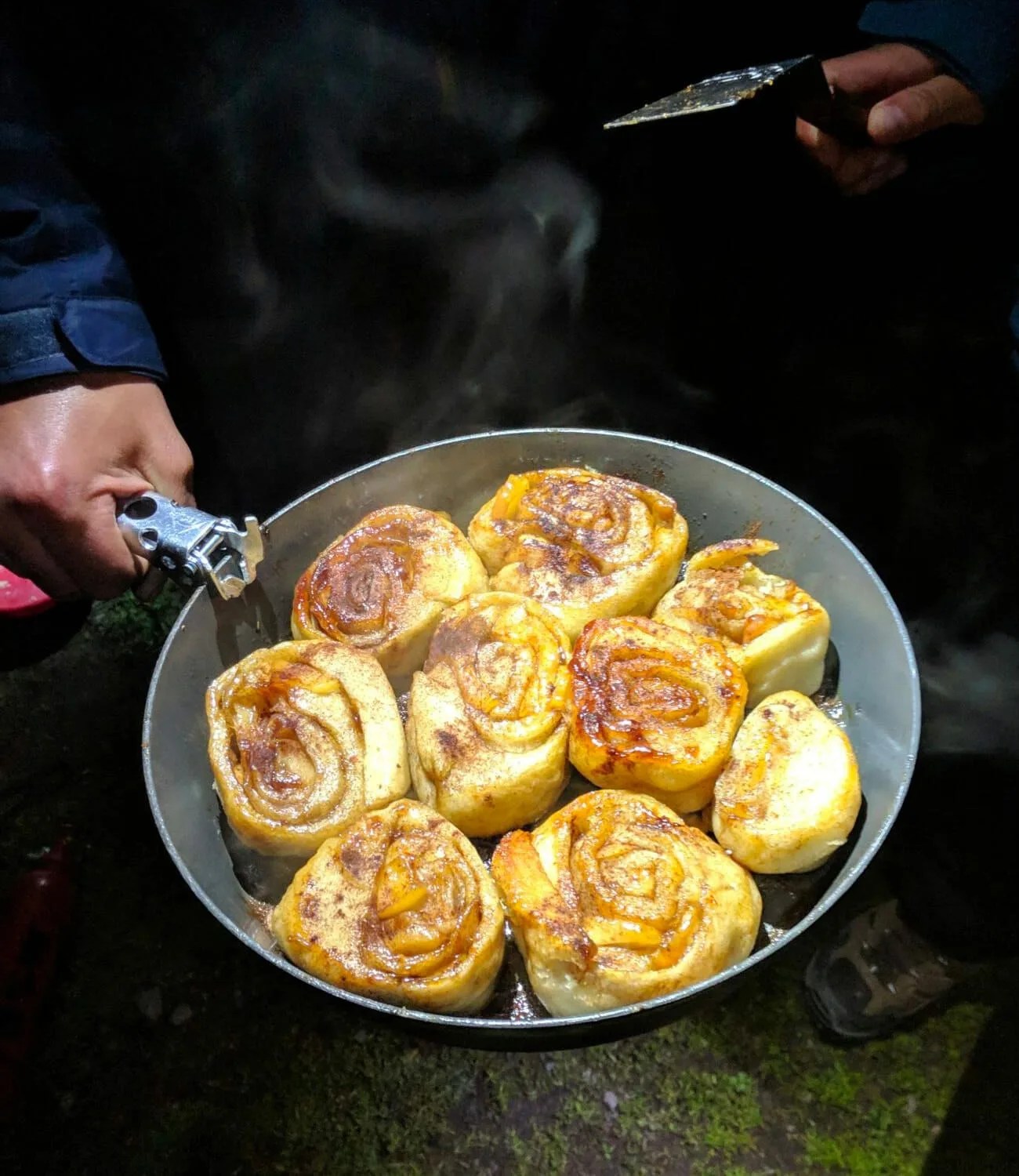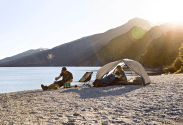Last year, Sea to Summit came out with a compact and clever frying pan for camping and expeditions called the Alpha Pan. The frying pan is made of aluminum and stainless steel, it has a non-stick coating, its handle folds down to save space inside a backpack, and, in its biggest, 10-inch-diameter size, it weighs 11.8 ounces — less than a can of beer.
When students arrive at the National Outdoor Leadership School, a leading wilderness school with branches all over the world, they receive a set of standard-issue gear to get them through courses that might have them living outdoors for three months, or more. They do not receive an Alpha Pan in that set of survival essentials; they get a Fry-Bake. (I should know; I’m a NOLS grad myself.)
A Fry-Bake is about a simple as cookware gets. It’s circular with tall, near-vertical walls and calls to mind a cast-iron skillet without a handle. It isn’t cast iron — it’s aluminum with an anodized, semi-non-stick hard coat surface — although it is inspired by those heavier pans, which used to be a common choice when going off-grid.
According to A Worthy Expedition: The History of NOLS, it was a 14-inch cast-iron skillet that Pam Banks hauled around Utah’s canyonlands during a family camping trip in 1977 that inspired her to create a new, lighter type of pan for outdoor cooking. Aided by her father, who worked in metal manufacturing, she got to to work designing one.
Early prototypes were too shallow, so they heightened the sidewalls. Banks tapped NOLS for feedback — to no surprise, she is both a former student and instructor — and even supplied early prototypes to its courses. Once she had a final design, she partnered with the school to make the first production run.
 Stanford Adventure Program
Stanford Adventure Program
